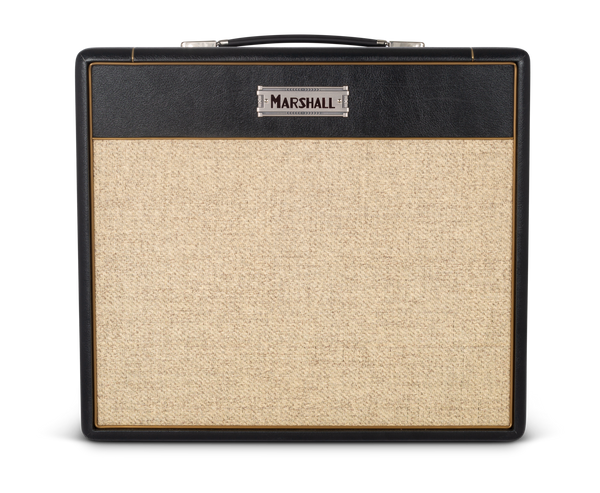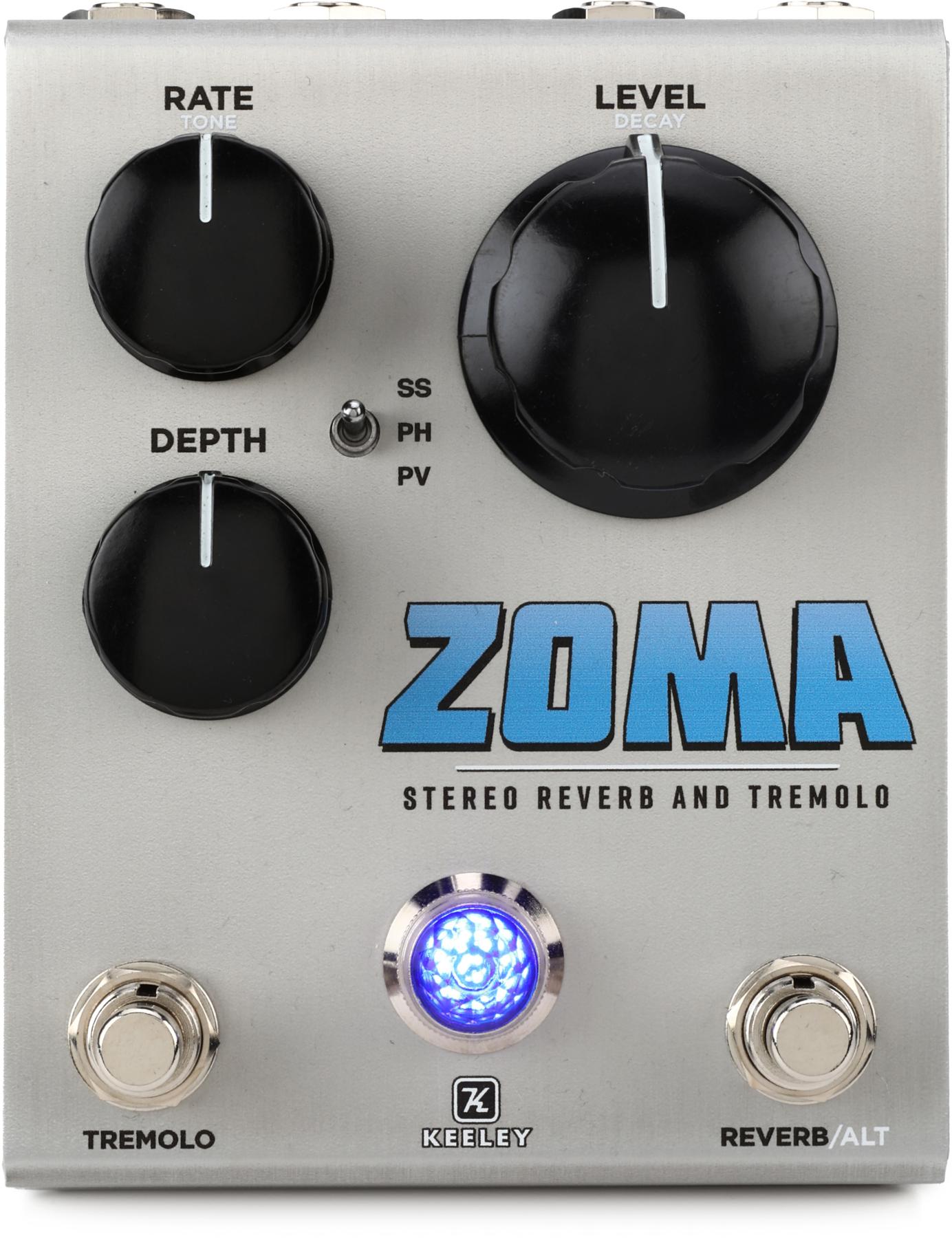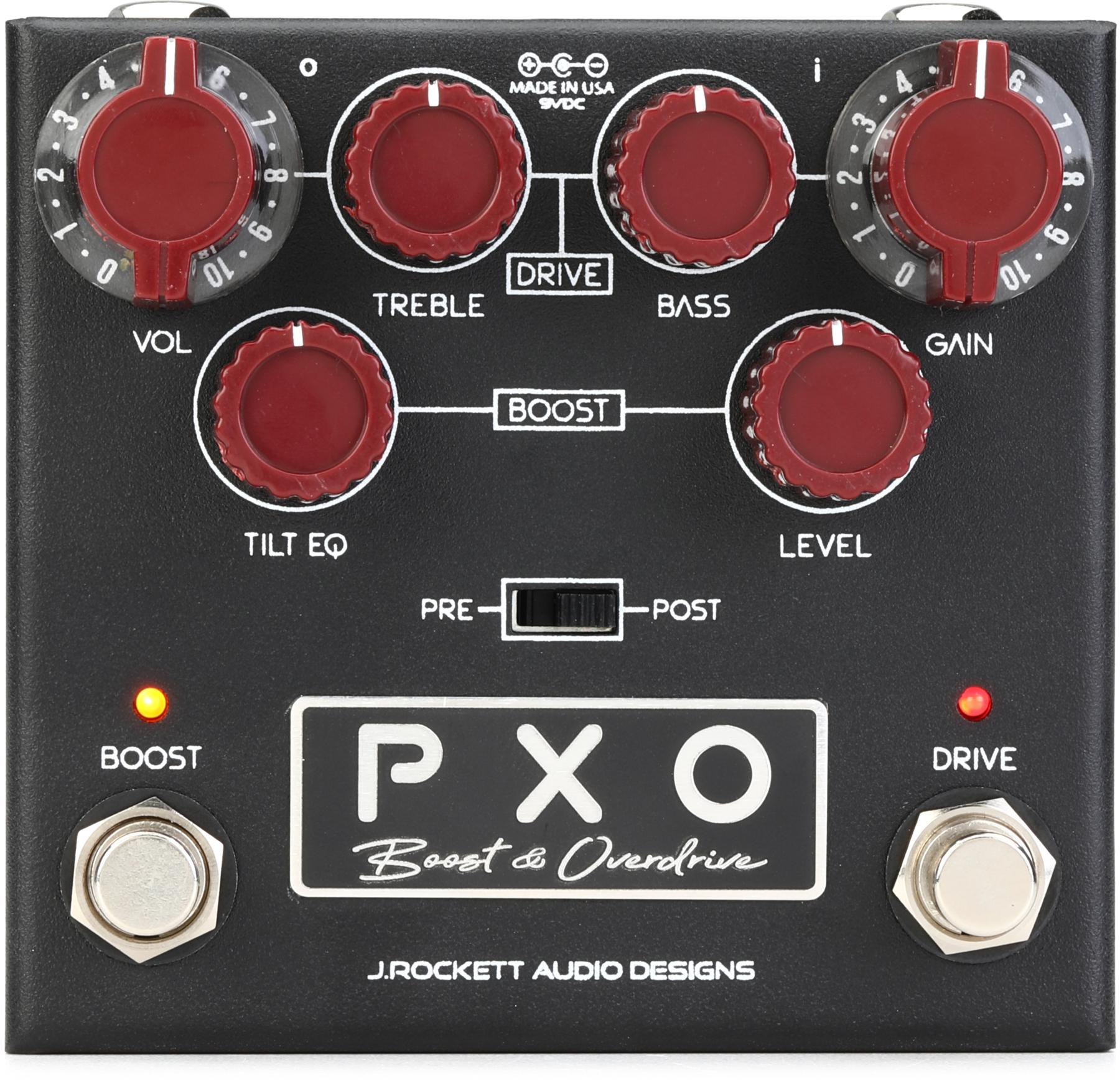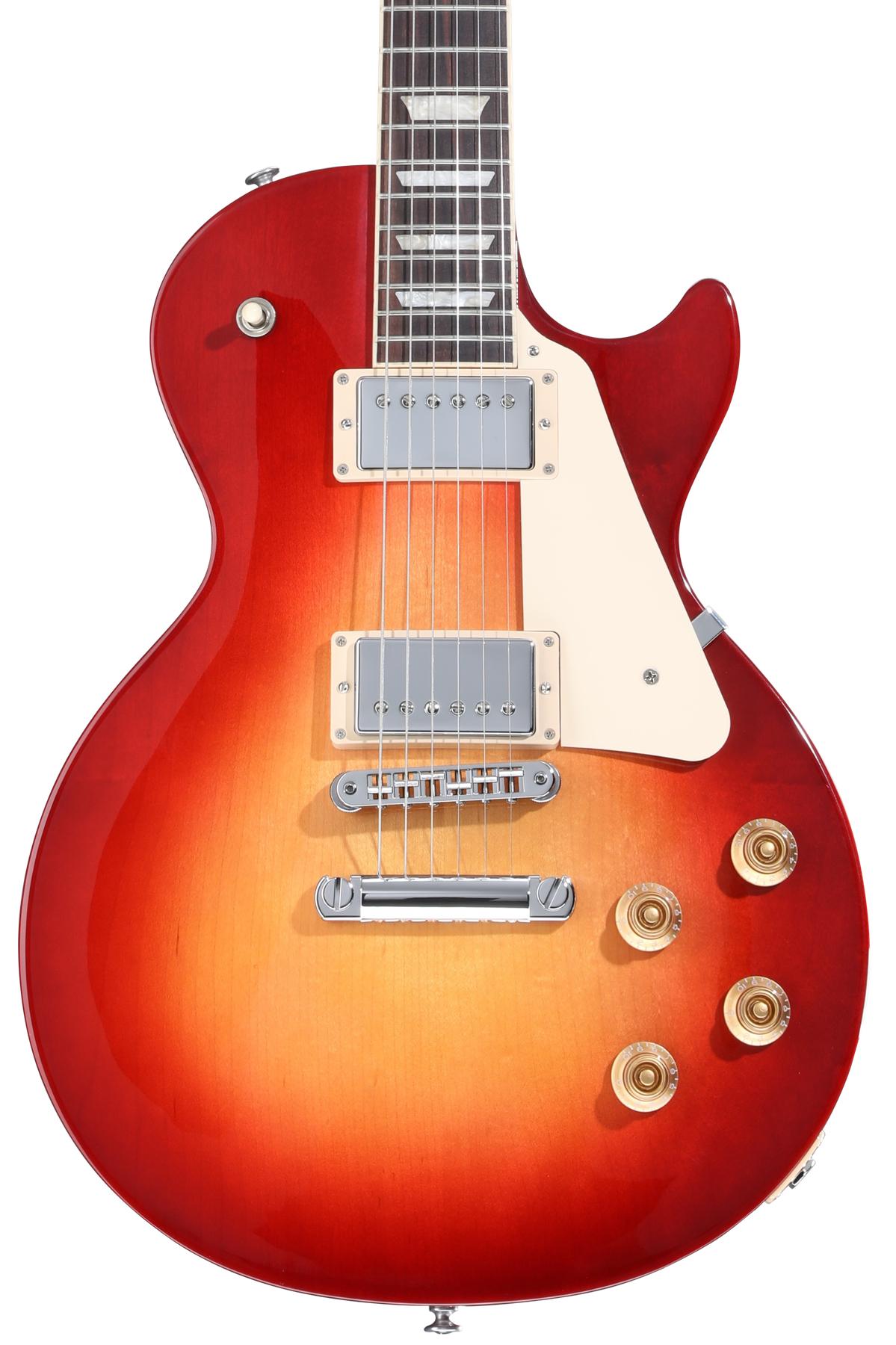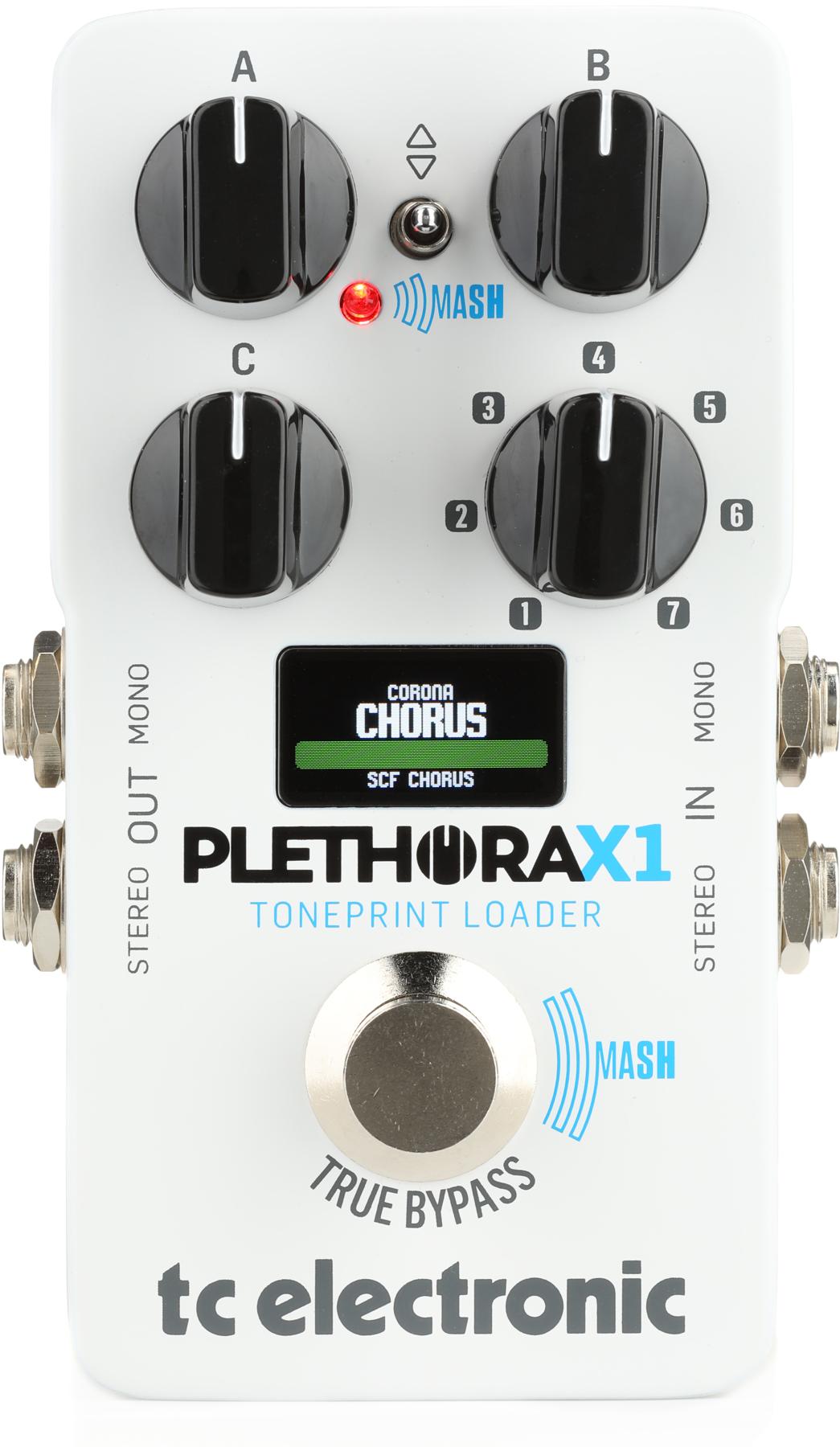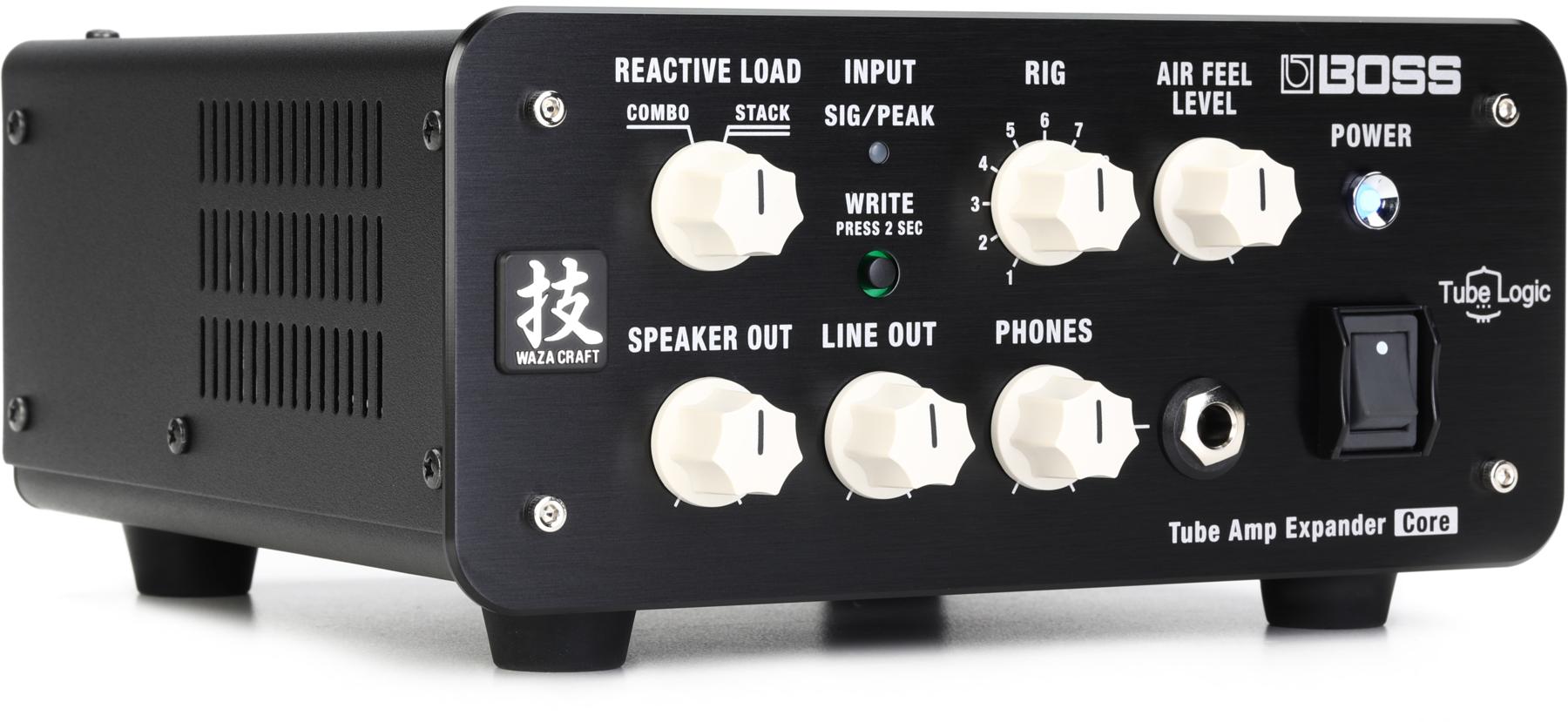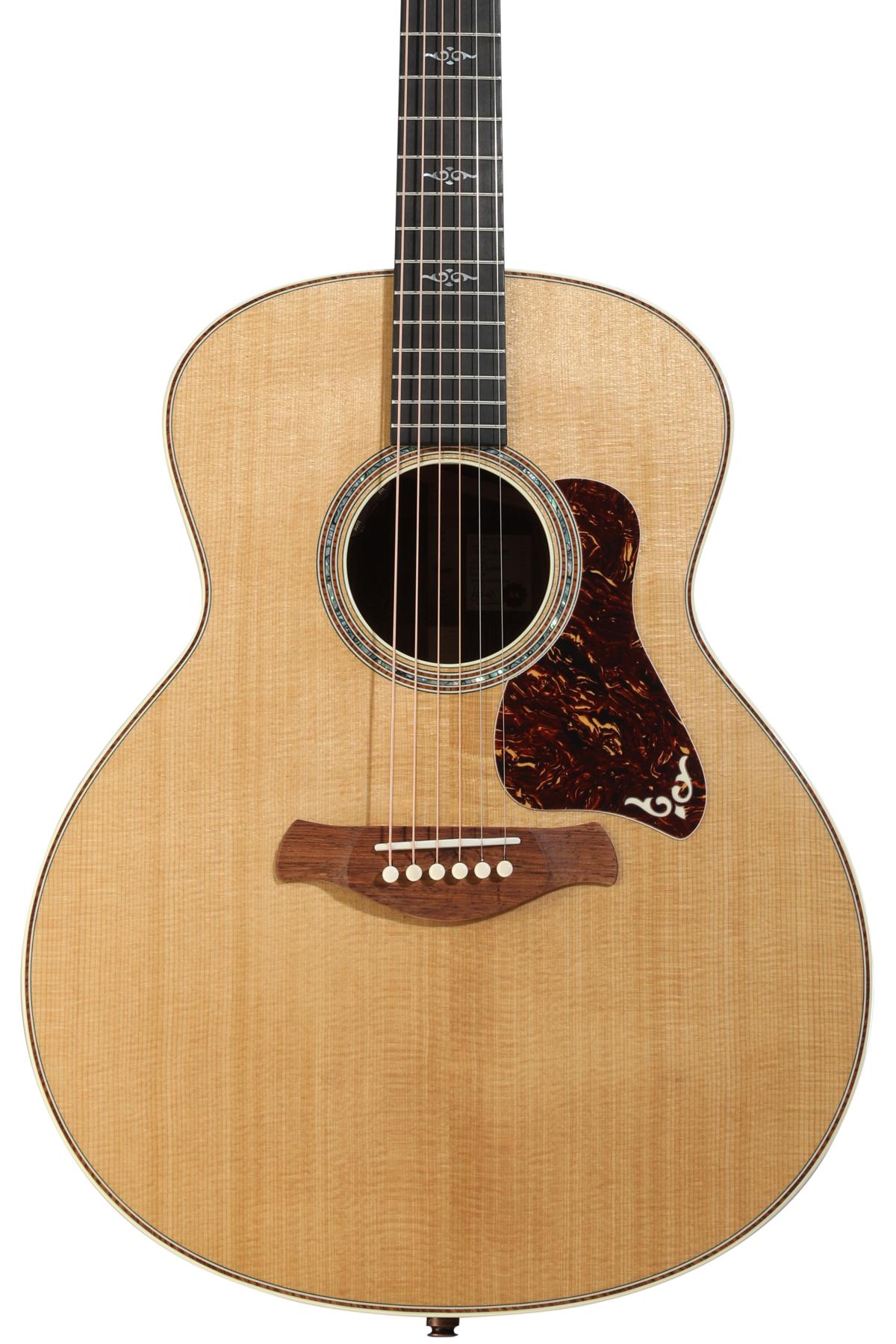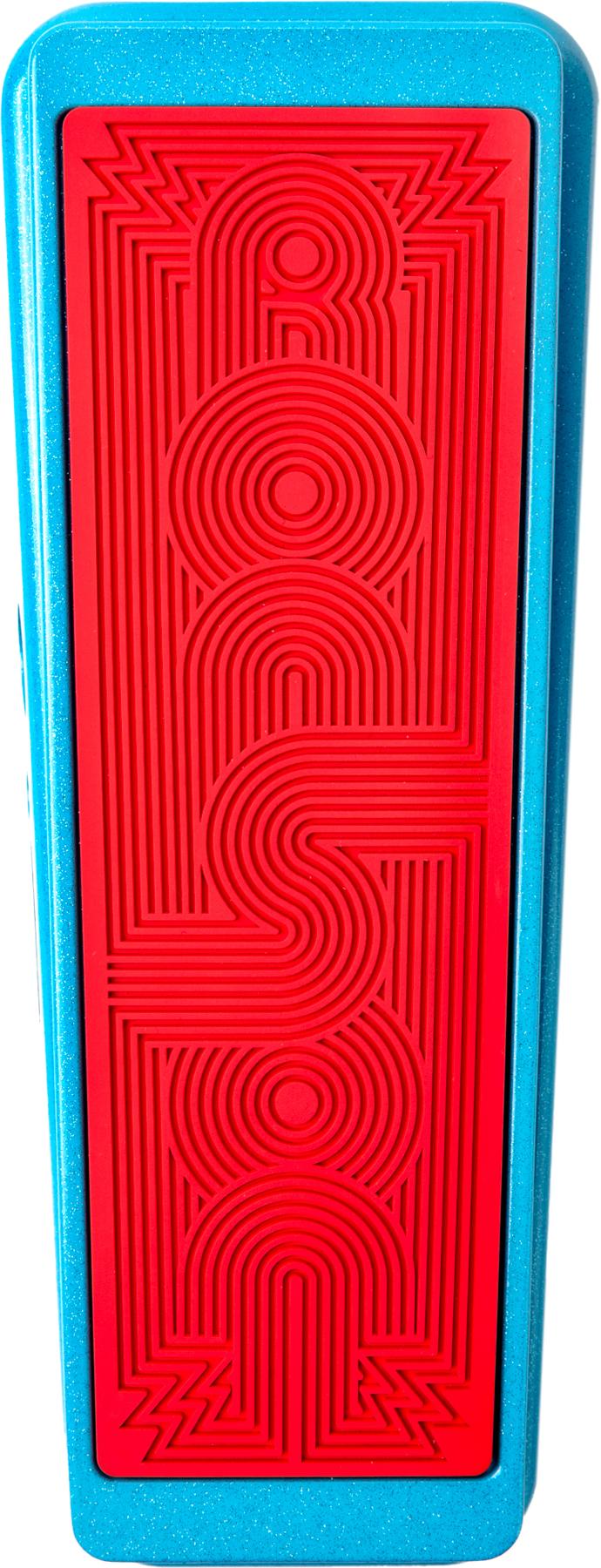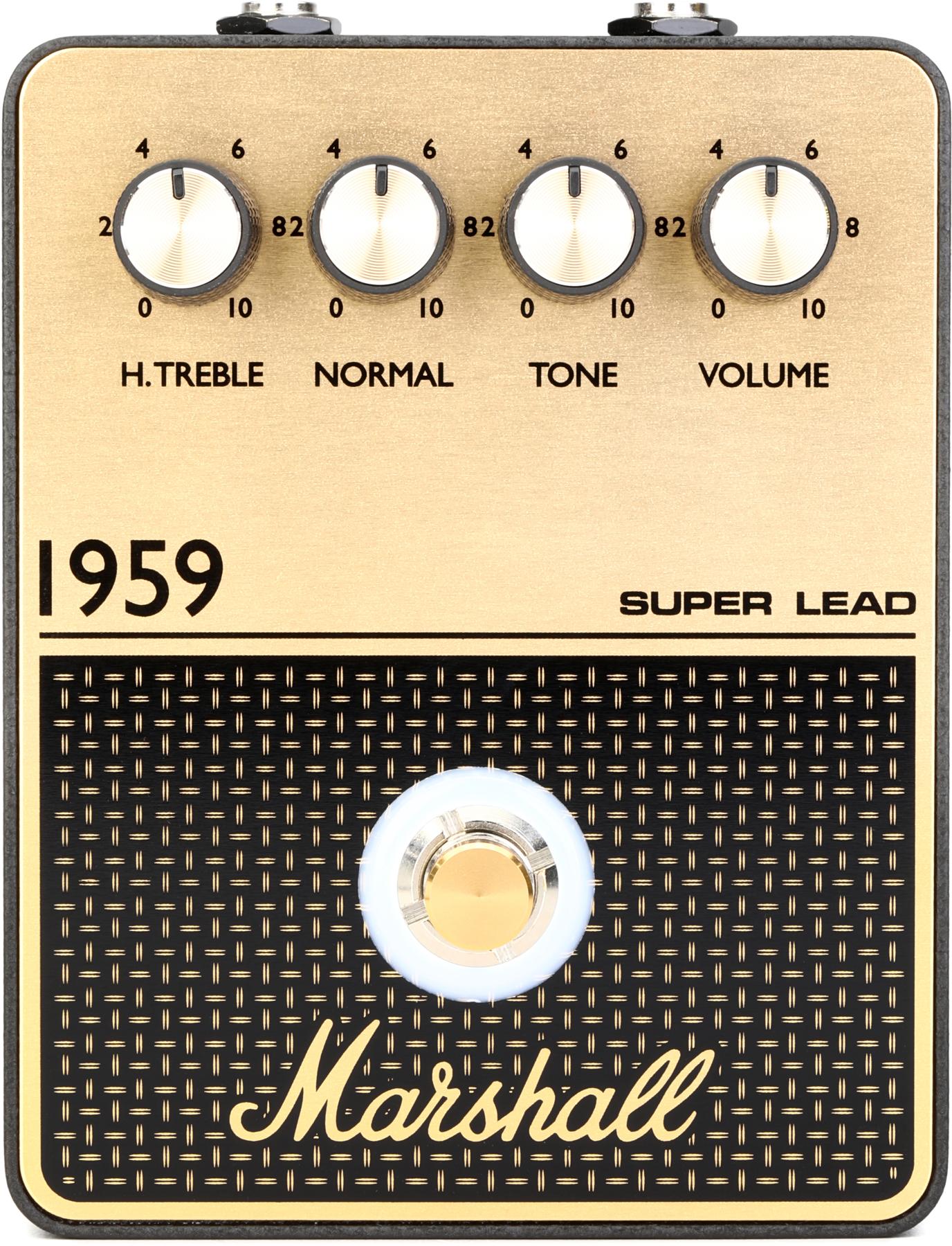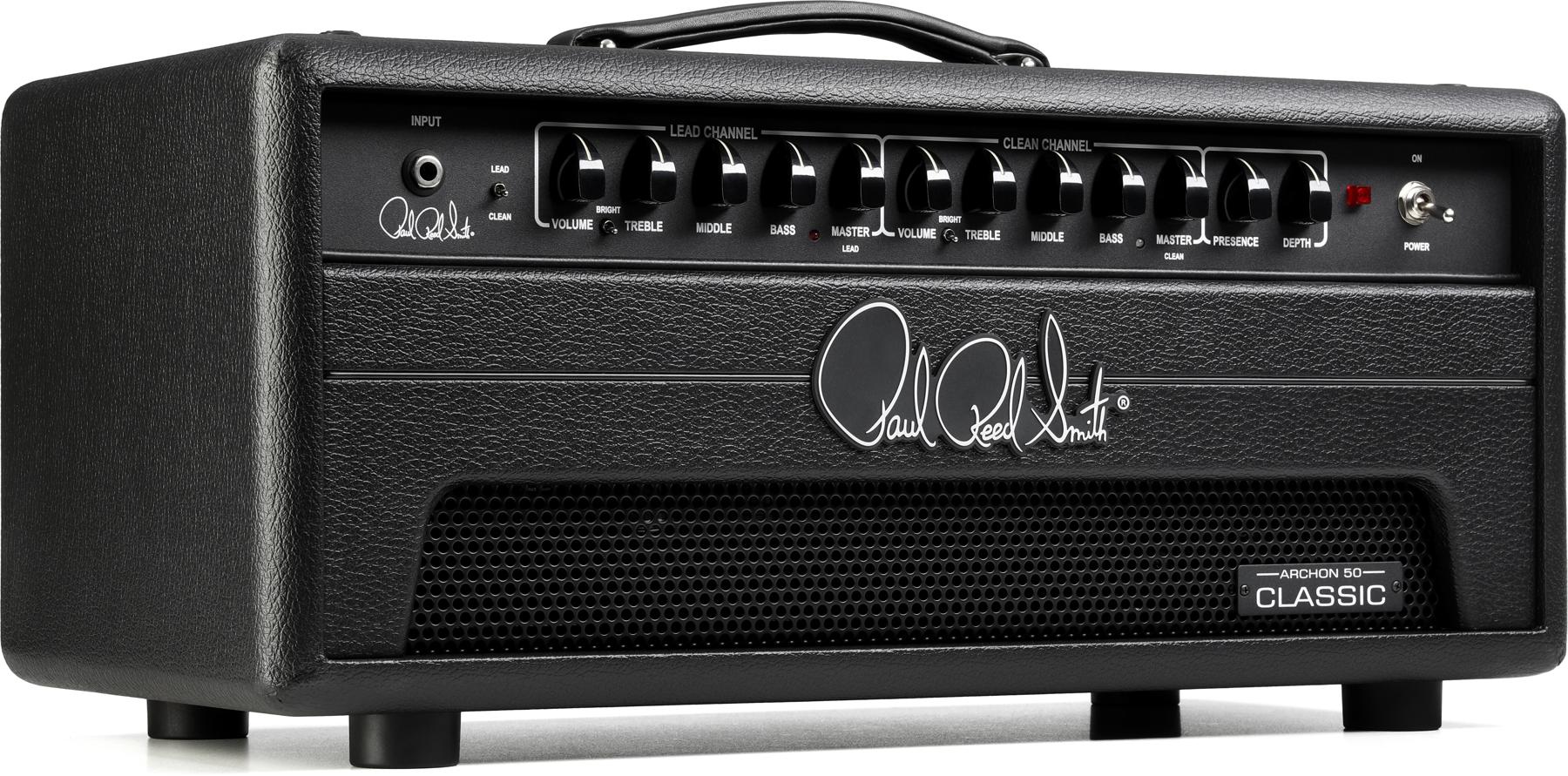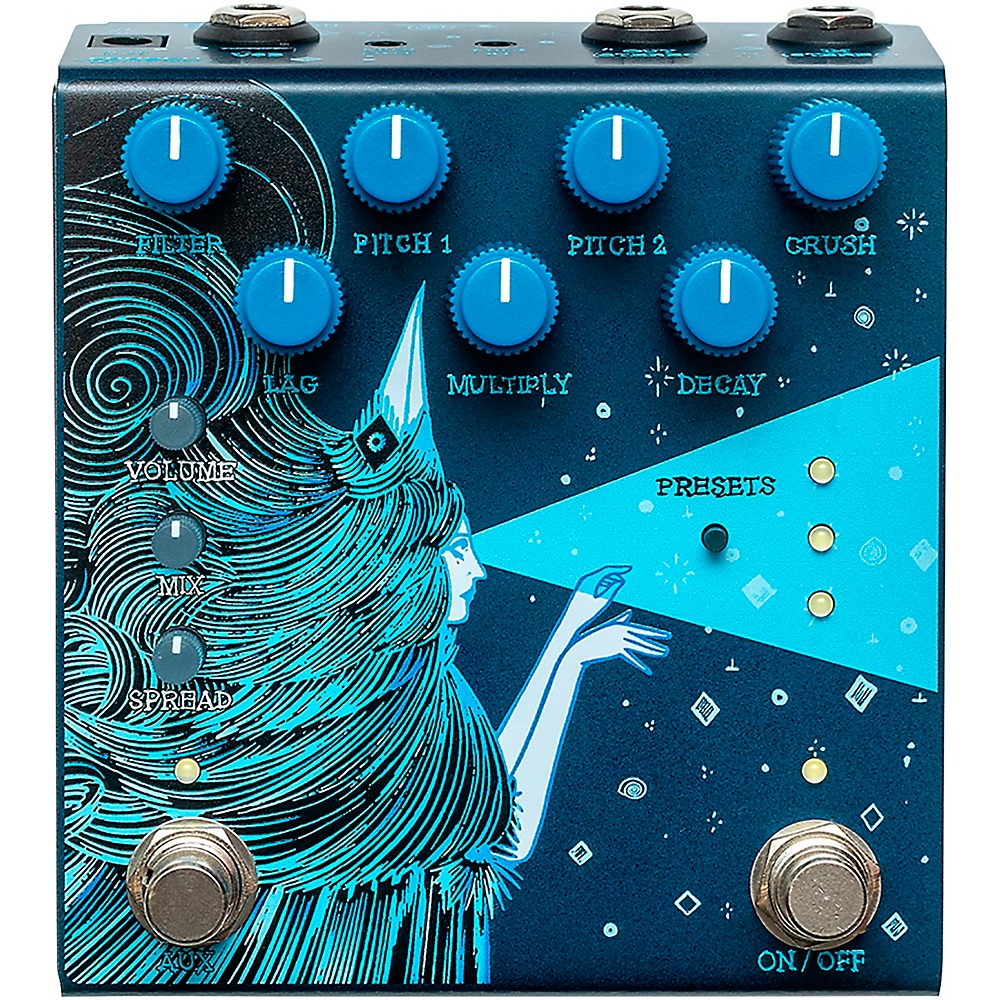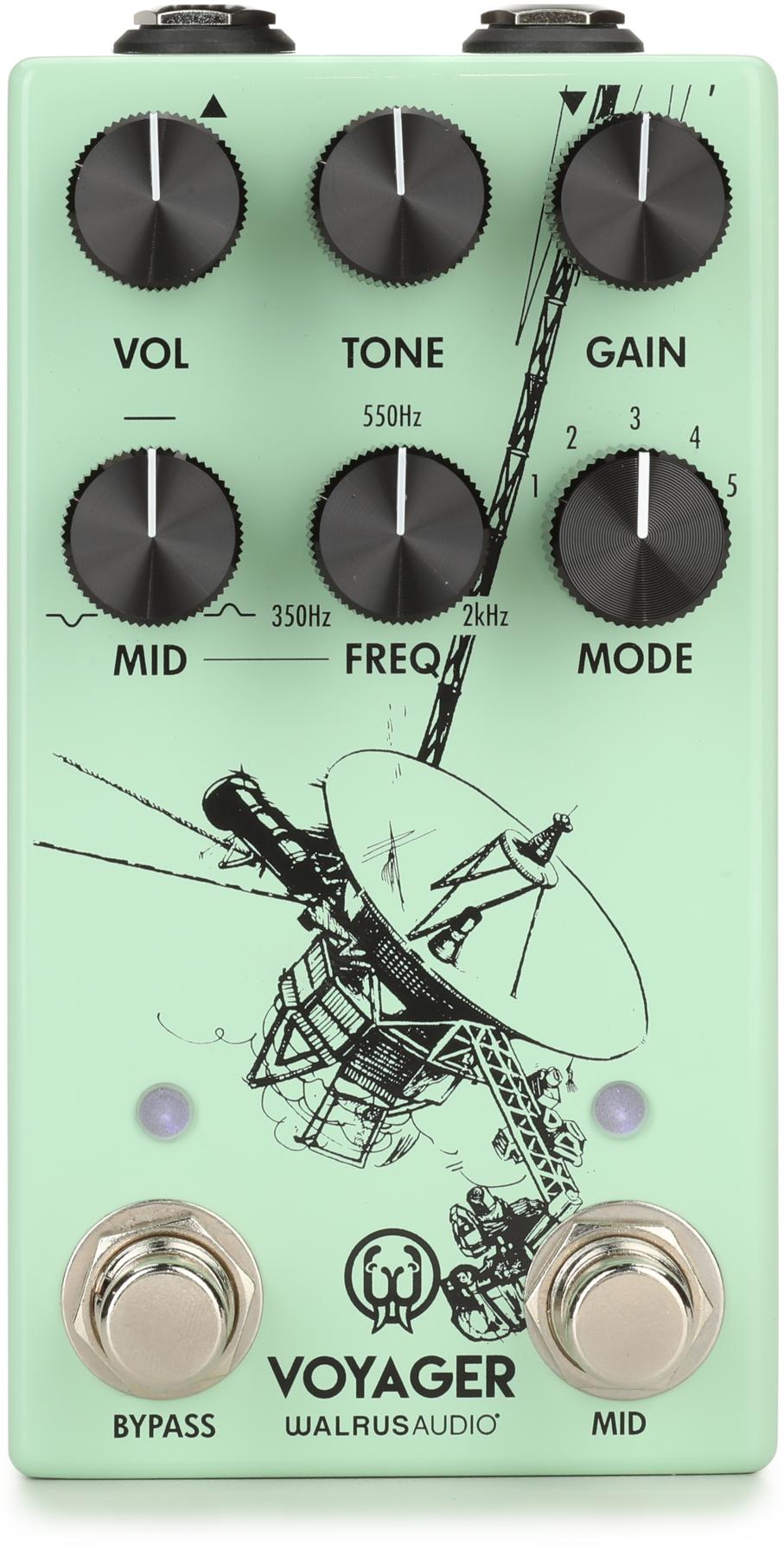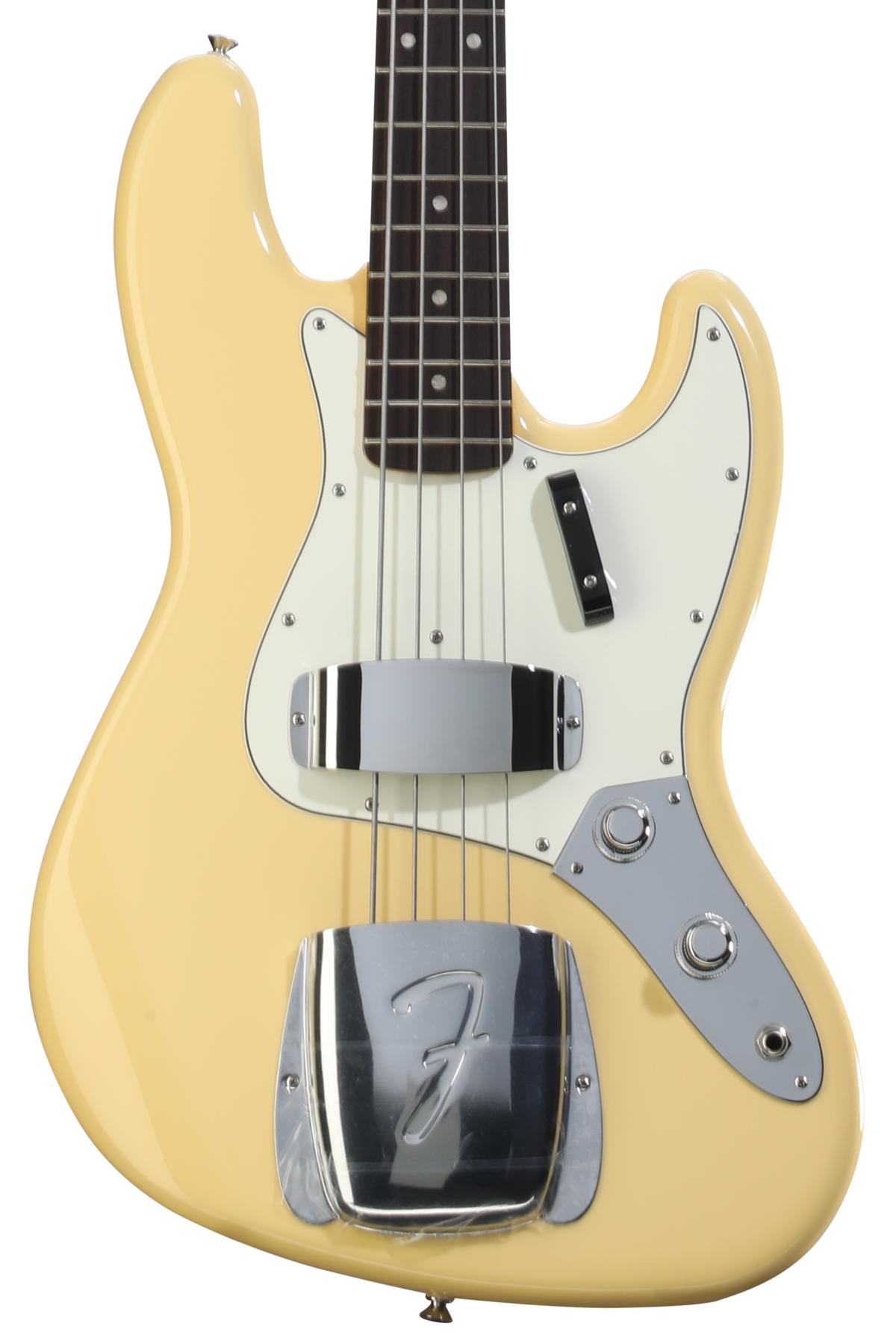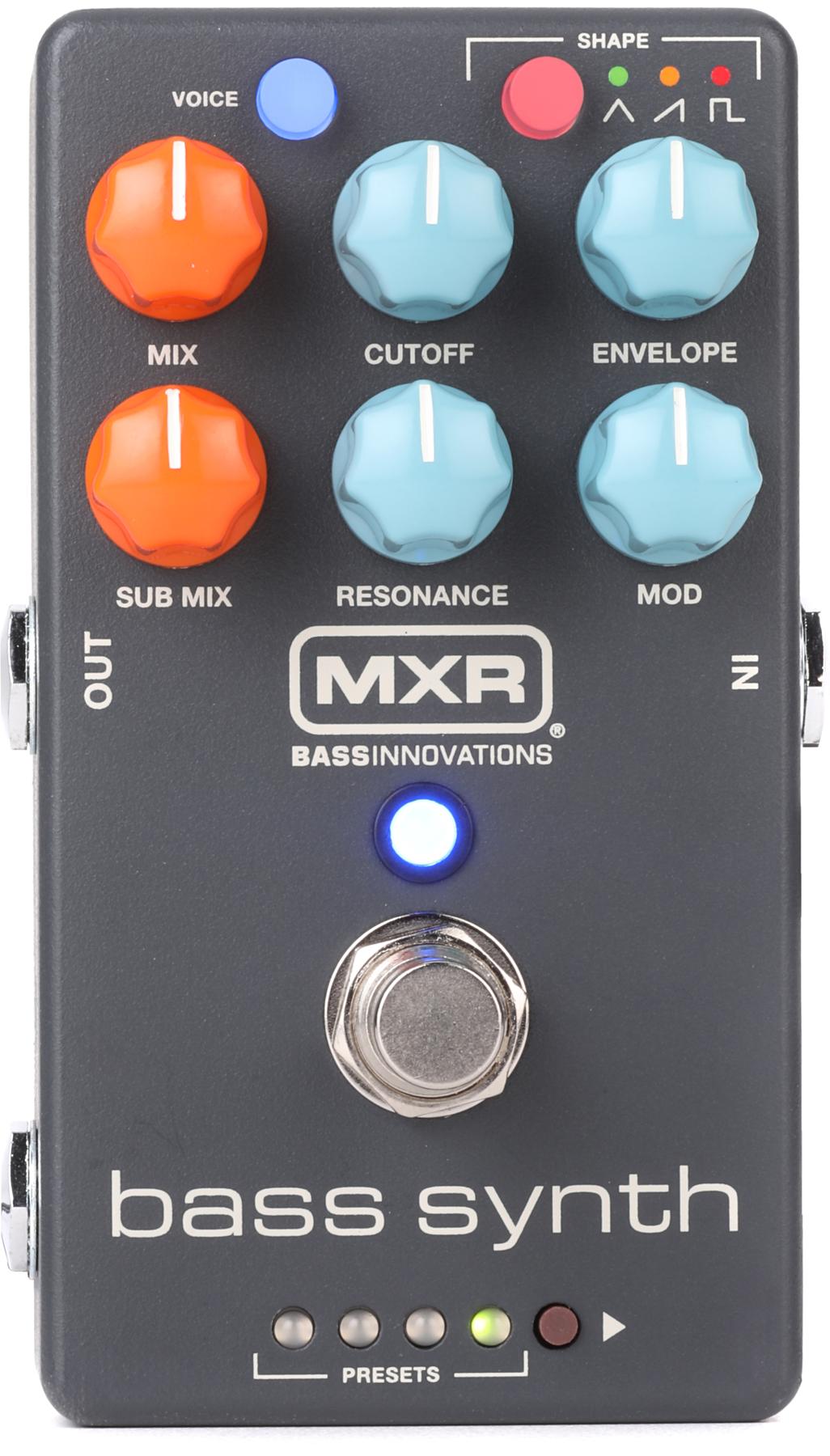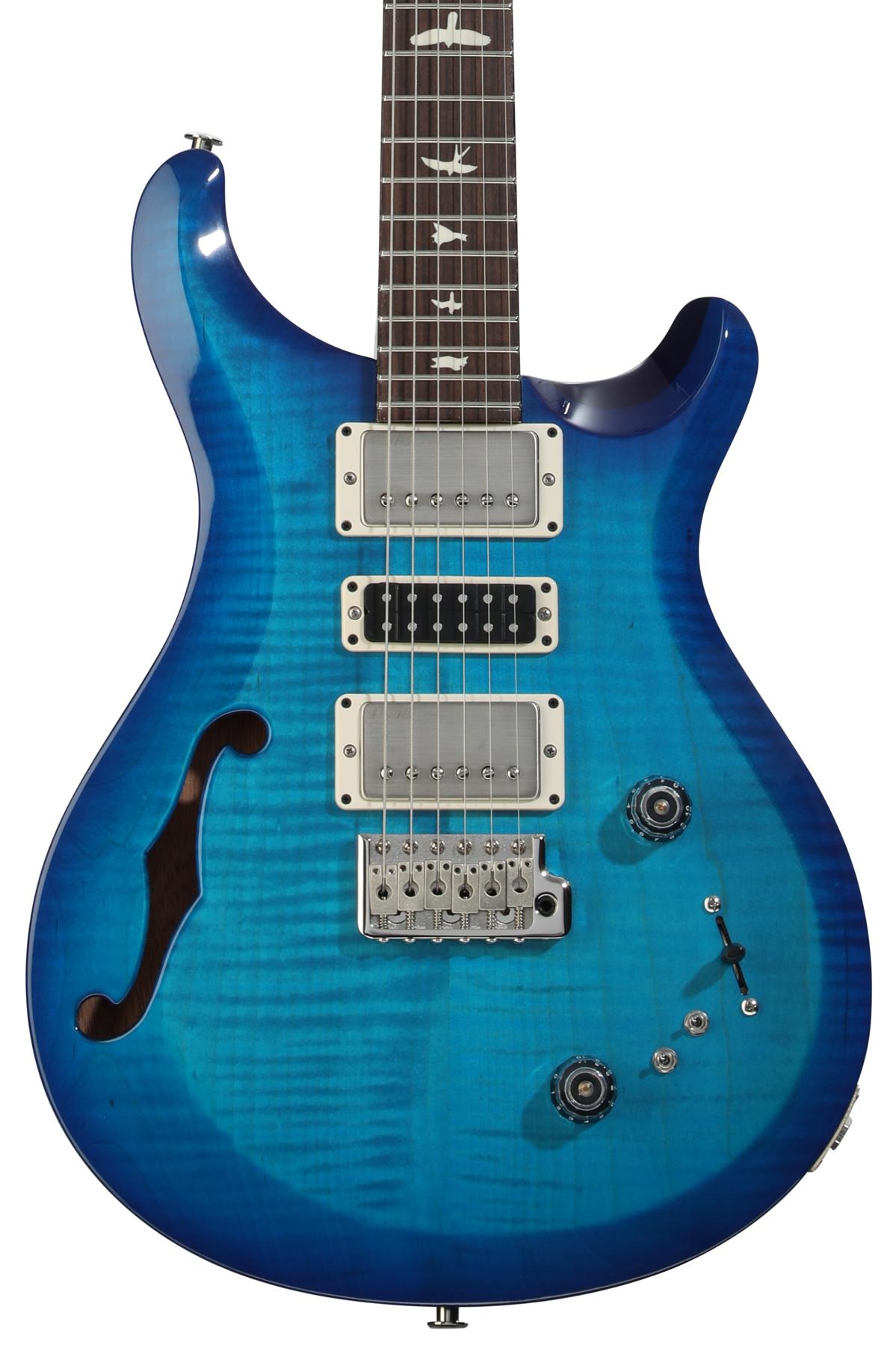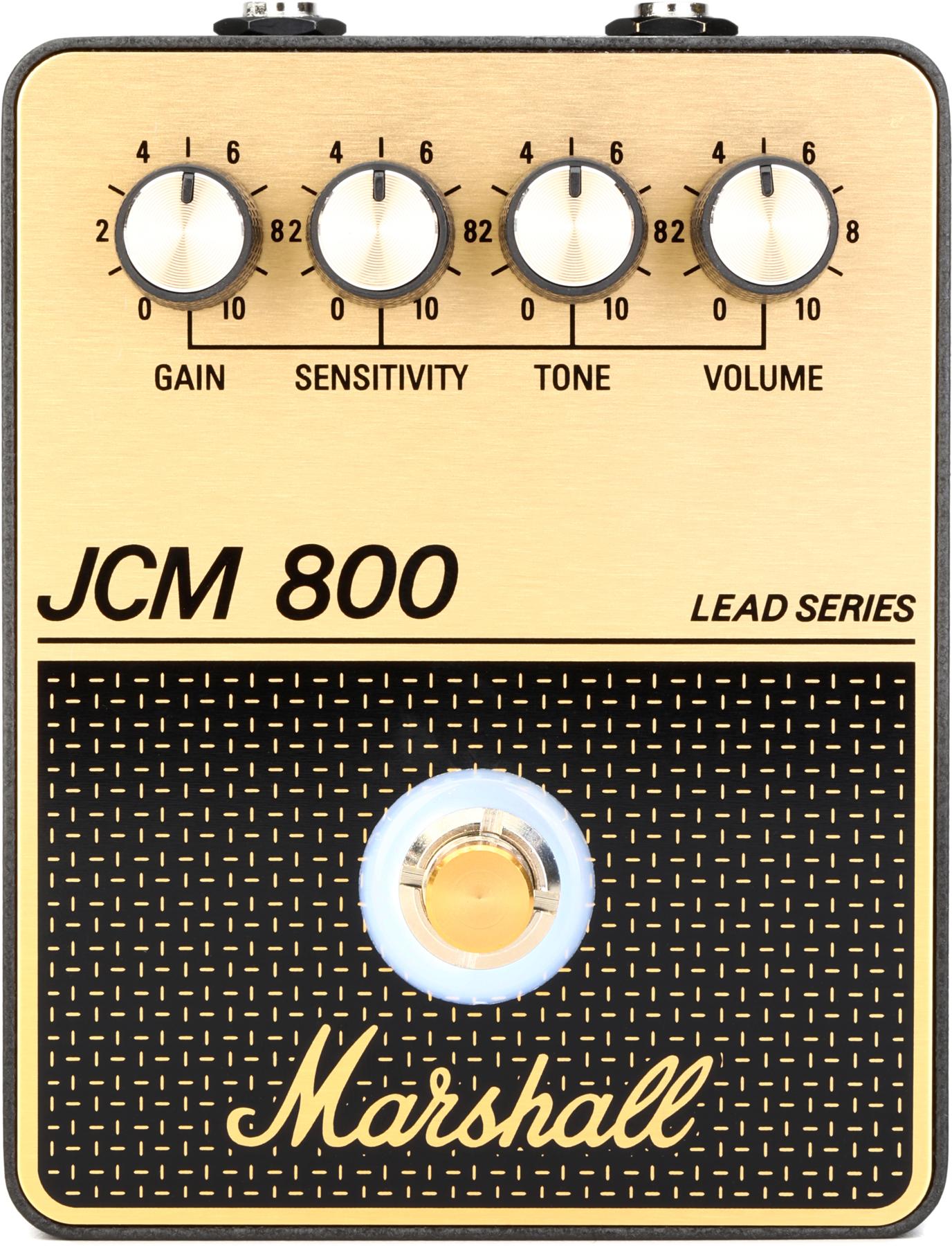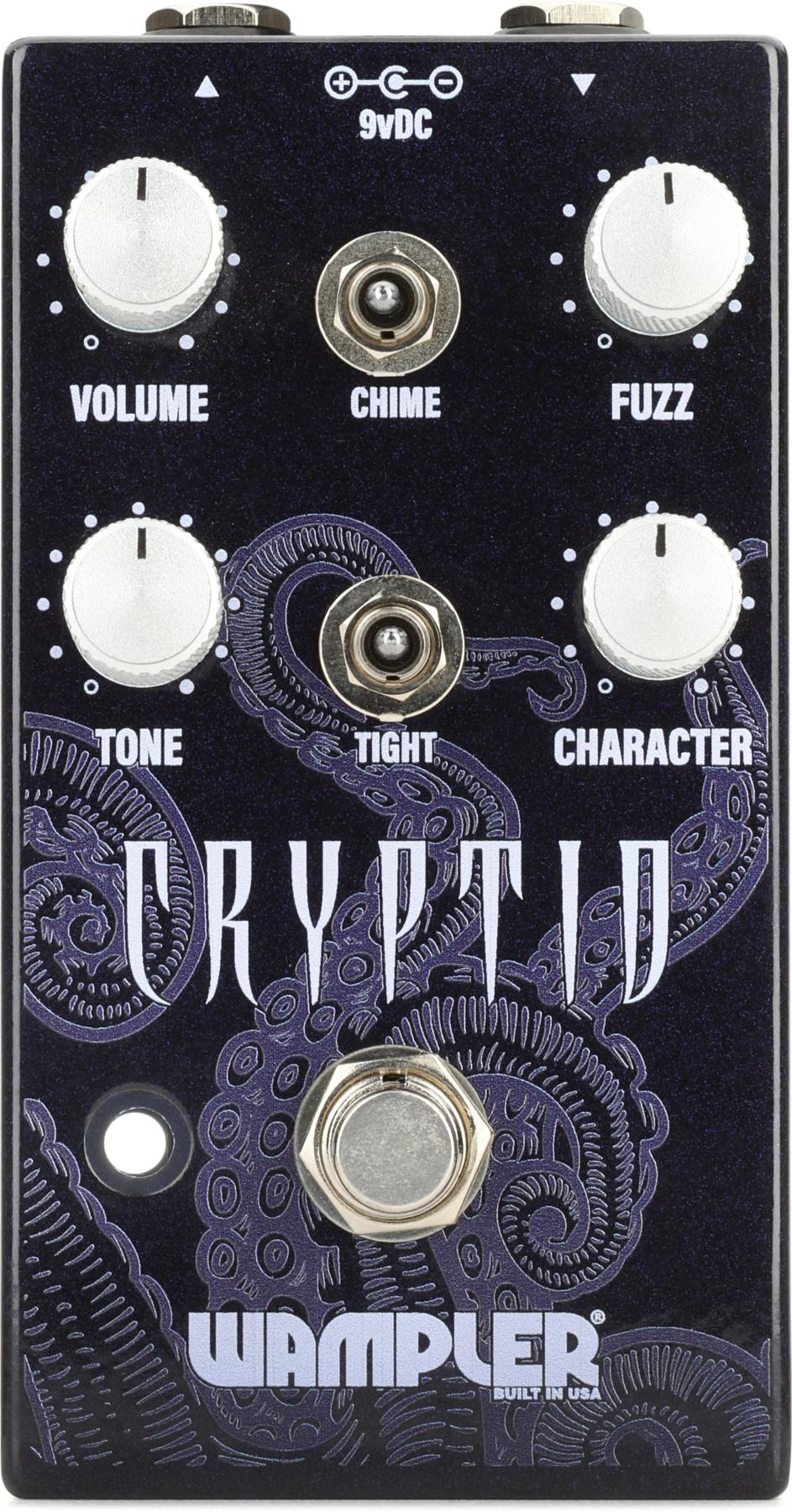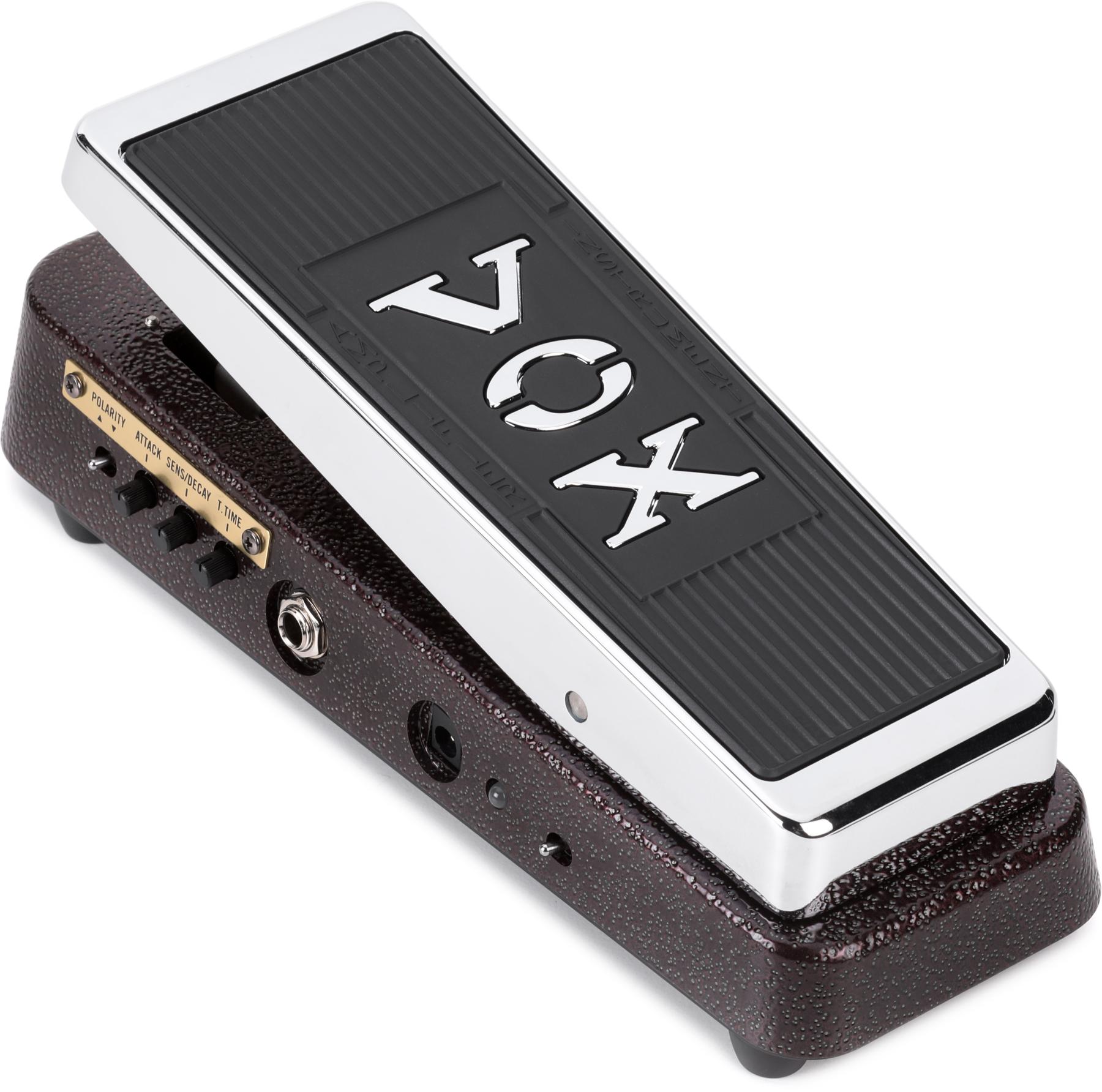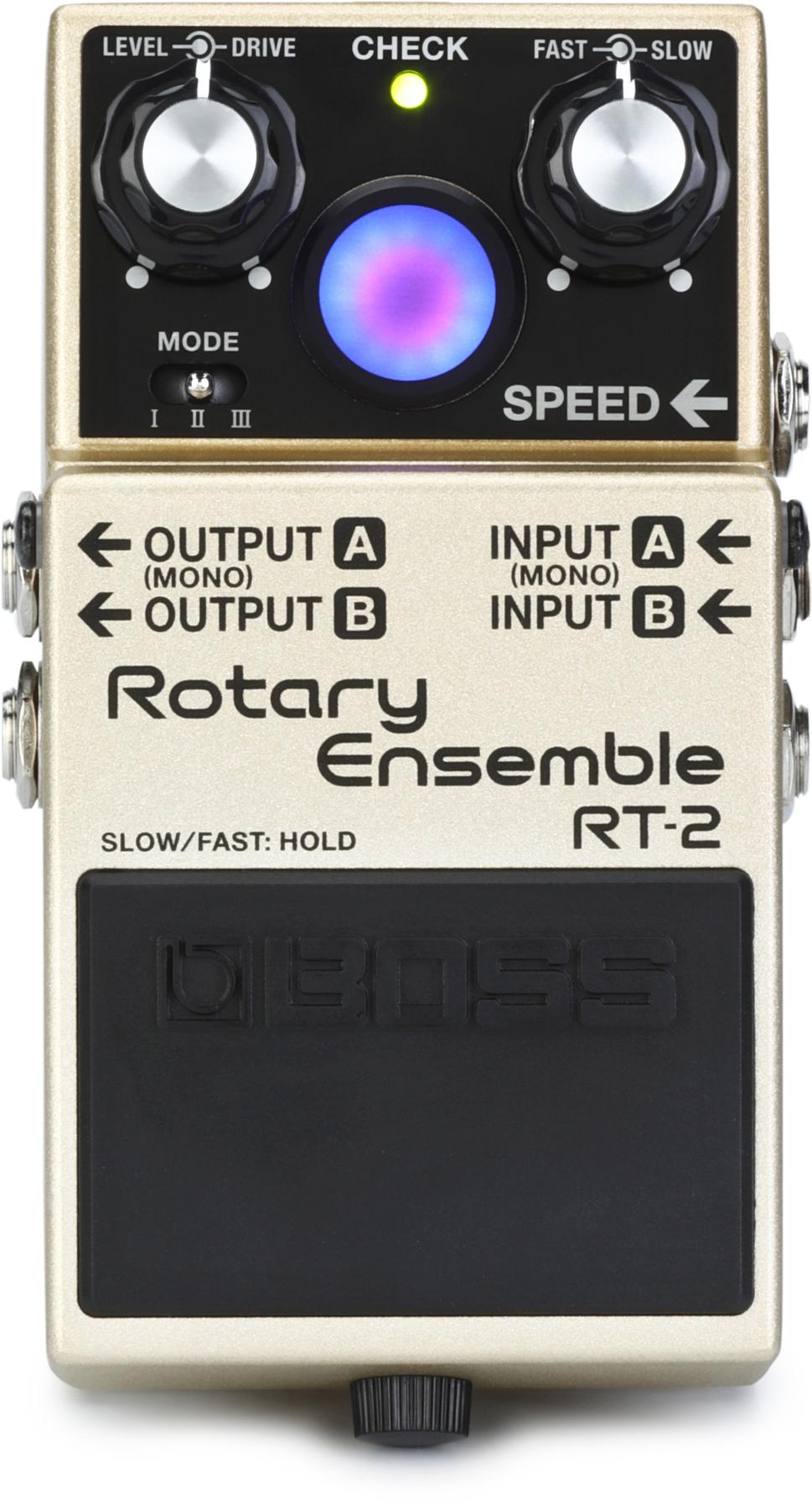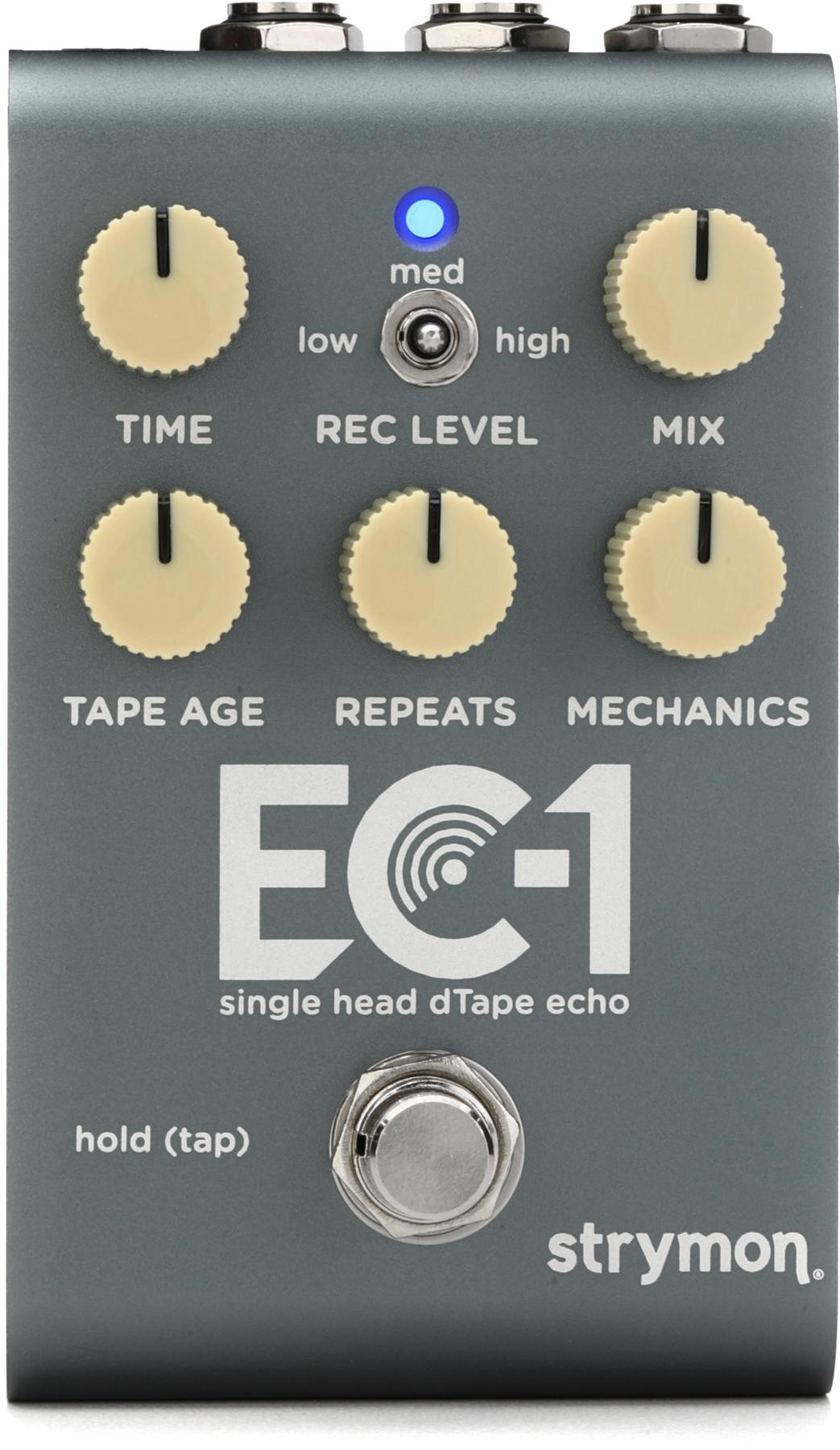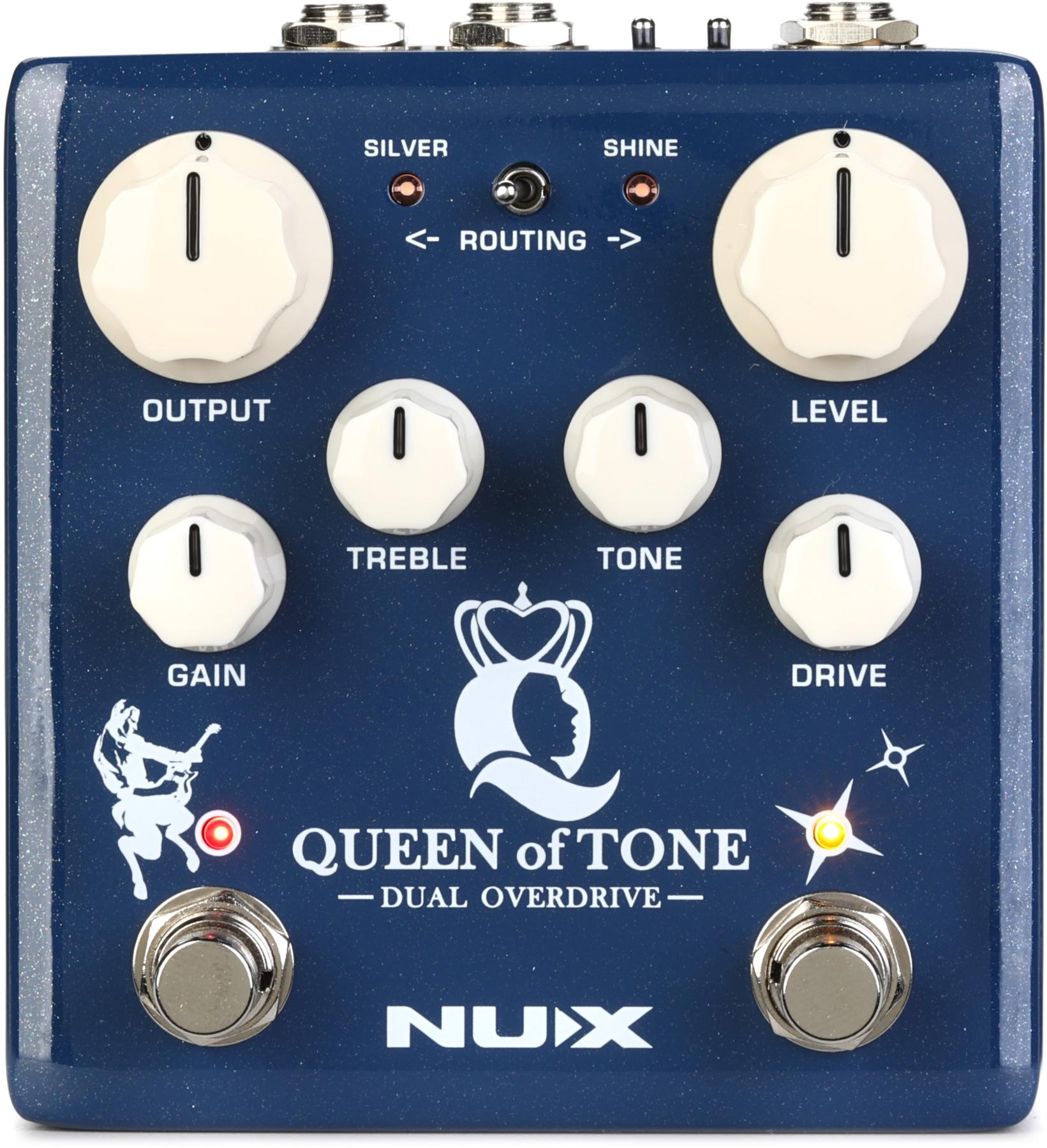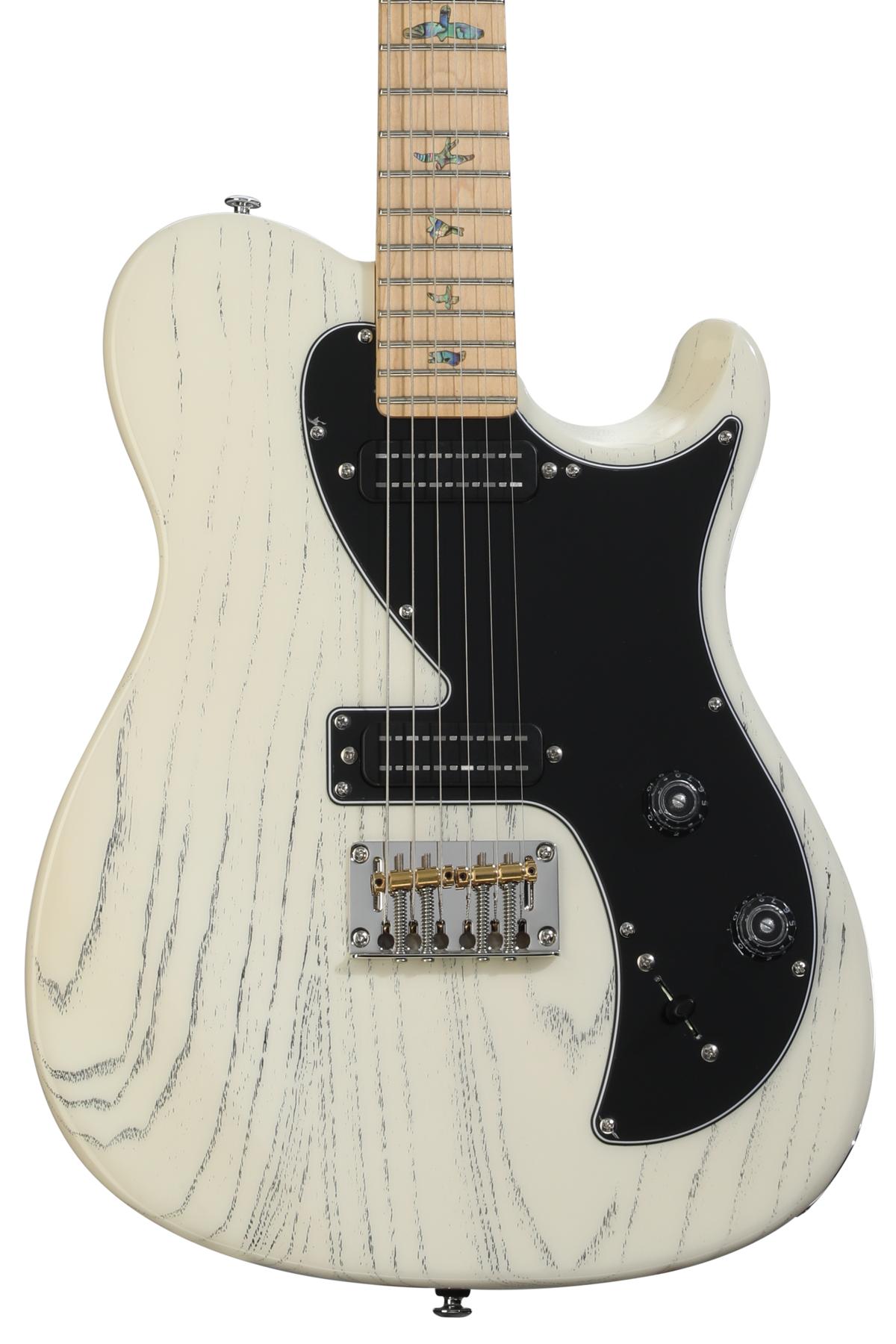Marshall ventured ably into smaller and quieter realms with 2018’s Studio Series, which reduced the plexi, JCM, and Jubilee platforms down to a much more manageable 20 watts. The JTM45 is the latest Marshall legend to undergo the shrink treatment—yielding the Studio JTM ST20C, a 20-watt, 1x12 combo that harnesses big-bottle, 5881 output tube power in an amp suited for modestly sized clubs and studios.
Built from Tweed for Extra Speed
Though rightly recognized as one of the most significant amps of the 1960s, the JTM45 can confound casual Marshall enthusiasts with modern, high-gain leanings. It effectively mirrored the Fender 5F6A tweed Bassman circuit. But small differences between the amps (as well as bigger ones, like the Marshall’s Celestion speakers) added up to a unique and powerful voice perfectly suited for the emerging British blues-rock language.
To reduce the 30 to 40 watts produced by a JTM45 (depending on spec and era) to 20 watts while using the same 5881 power tubes the JTM45 was born with, Marshall uses a cathode-biased output stage and hits the tubes with lower voltages than big Marshalls run on. The circuit also enables the ST20C, and its sibling the ST20H head, to run even quieter via a 5-watt mode. It comes with contemporary niceties like an effects loop with bypass switch, a DI output, and speaker outs for 4-ohm, 8-ohm, and 16-ohm loads. But the ST20C is still a very old-school, all-tube creation at heart, using three ECC83 (Brit-speak for 12AX7) preamp and phase-inverter tubes, just like its predecessors.
Coffin It Up
Like the Bassman-inspired JTM45, the ST20C is what Marshall calls a two-voice amp, with shared EQ and two inputs per voice. Marshall’s numbering scheme for the inputs can be a little confusing to the uninitiated (they read “2” and “1” from left to right), but the top two inputs are for the high-output voice, the two below are for the low power voice. In each voice, input 2, aka the normal input, is the warmer and rounder-sounding of the two. Input 1, or the high treble input, brighter and snarlier. Each has its own loudness control, but they share treble, middle, and bass controls, as well as a presence knob that further tweaks high-end response at the output stage. The two voices can also be jumpered to access blends of input 2’s warmth and input 1’s brightness.
“Newbies might be surprised to hear how much the ST20C deviates from a modern definition of the Marshall sound.”
In addition to the vintage-evocative control panel, Marshall went all-out on the early JTM-era cosmetics for the ST20C, and I think it looks fantastic. The black levant covering is complemented by gold string and piping, fawn fret cloth for the grille, and an art deco “coffin” logo with red enamel “Marshall” text. Construction of the 19.7" x 18.1" x 10.4" birch-ply cabinet feels robust, and with the 16-ohm Celestion G12M Creamback speaker, it still weighs just around 39 pounds.
The Studio Series amps aren’t among Marshall’s handwired offerings, so the circuit inside is PCB. Nevertheless, it looks sturdy and well-built. The use of relatively low voltages in the output stage means the 5881 tubes should last longer than they would in a higher-wattage, higher-voltage amp. But if you do need to replace them, the cathode-biased configuration means you just pop in a new pair of 5881s and go—there’s no bias adjustment necessary.
Breaking in, Breaking Through
I checked out the ST20C with a 1959 Les Paul Reissue to see how it handled the classic Bluesbreaker formula, as well as a 1966 Fender Telecaster. With each guitar, it delivered a wide and expressive range of tones that are very much in keeping with the original’s performance. Newbies might be surprised to hear how much the ST20C deviates from a modern definition of the Marshall sound. But it is surprisingly versatile for that reason. And you can make the case that the ST20C tone palette works for a greater range of playing styles and genres than the average blaring stack.
The core tone is characterized by a thick, round midrange; silky, clear highs that aren’t piercing; and low-end tones that are full, round, and a little loose when you push it. The amp also works beautifully with overdrive pedals. A Tube Screamer sounded great, and a Marshall-style Friedman Small Box overdrive effectively brought out the ST20C’s plexi side. The effects loop works perfectly for time-based and modulation effects. Meanwhile, the 5-watt power setting rips without any significant tone loss.
Many players more familiar with the plexi and JCM800 Marshalls will be surprised by, well, how Fender-y the ST20C can sound. Obviously, the tweed Bassman-derived blueprint accounts for some of that. But if you’ve ever turned up an early-’60s, brown-panel Fender Deluxe and thought, “wow, that sounds like a mini Marshall!” … you’ll recognize that hybrid sound in many of the ST20C’s sweet spots, too. Crank it up and it’s raw, throaty, and singing like an early Marshall should be. Play it at the edge of breakup and it evokes more American-style tones. The ST20C’s ability to span these sounds and assert its own personality makes it a fun, flexible and inspirational piece of gear.
The Verdict
The JTM ST20C is an awesome addition to Marshall’s popular Studio Series and it’s cool to hear the tonalities of the company’s first amplifier rendered in such compact, practical form. Some buyers might find the near-$2K price tag high for a PCB-based, 20-watt amp. But when you consider the wide range of genres and styles this compact U.K.-built combo covers, and how assertive and primed to conquer it can sound and feel, it starts to sound like money well spent.

